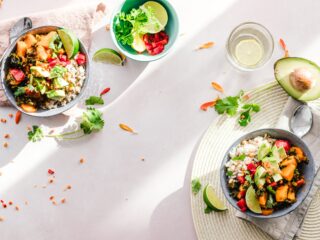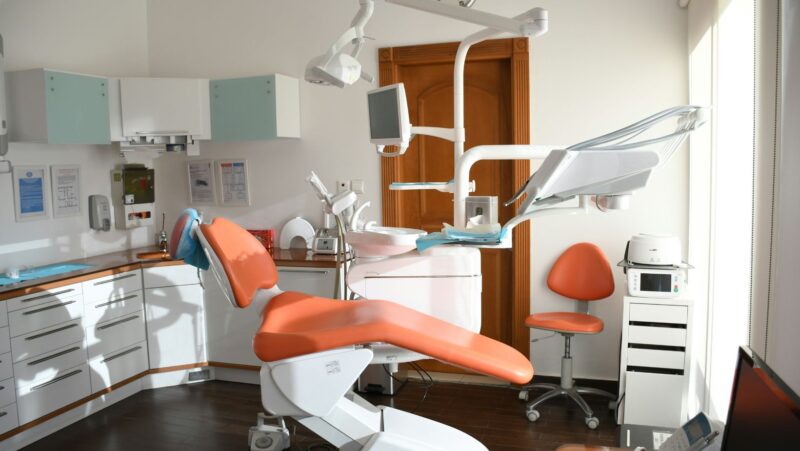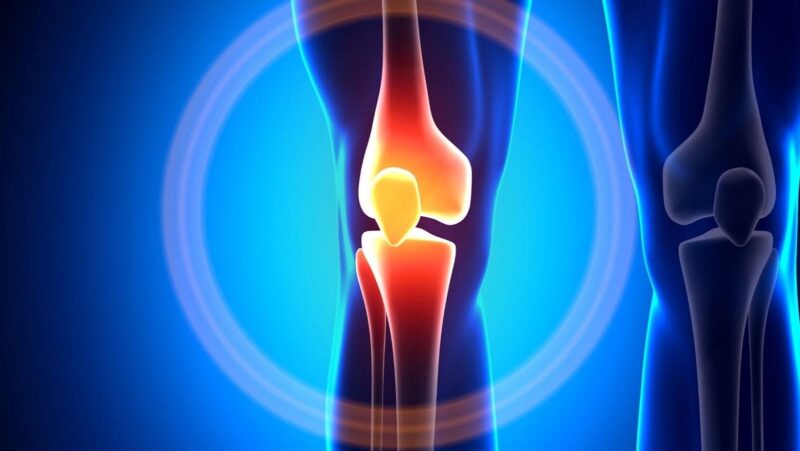
It is no secret that Americans love their carbs. But for those looking to cut down on their carb intake, there are plenty of low-carb diets to choose from. In this article, we’ll explore America’s favorite low-carb diet and some of the pros and cons of following it. The ketogenic diet is a very low-carb, high-fat diet that shares many similarities with the Atkins diet. Both diets involve cutting down on carbs and eating more protein and healthy fats. The ketogenic diet is a bit more restrictive than the Atkins diet, however. On the ketogenic diet, you’re allowed to eat only 20 grams of carbs per day, compared to the 50 grams per day on the Atkins diet.
What is the keto diet and how does it work?
The ketogenic diet was developed in the 1920s as a treatment for epilepsy. It has since been used as a weight loss diet and has shown promising results for both weight loss and other health conditions such as diabetes and heart disease. The keto diet is a type of low-carb diet that is high in fat and protein. On the keto diet, you are limited to eating only 20 grams of carbs per day. The keto diet was developed as a treatment for epilepsy and has been shown to be effective for weight loss, diabetes, and heart disease.
The keto diet works by forcing your body to burn fat for energy, instead of carbs. If you’re thinking about trying the keto diet, it’s important to consult with your doctor first to make sure it’s right for you. Once you’re on a diet, you’ll need to be careful about what you eat and drink, as well as how much you exercise. You’ll also need to monitor your blood sugar levels and ketone levels carefully.
Advantage and Disadvantage of Ketogenic Diet
So what are the pros and cons of following the ketogenic diet? Here are some of the pros:
1) The ketogenic diet is very effective for weight loss.
2) The ketogenic diet can help improve blood sugar control in people with diabetes.
3) The ketogenic diet can help improve cholesterol levels and blood pressure.
4) The ketogenic diet is easy to follow once you get used to it.
And here are some of the cons:
1) The ketogenic diet can be hard to follow in social situations where there are lots of high-carb foods available.
2) Some people experience side effects such as nausea, constipation, and headache when following the ketogenic diet.
3) The ketogenic diet can be expensive if you’re not careful about what you eat.
4) Following a low-carb diet can be challenging if you’re not used to it.
How to start a keto diet
If you’re interested in starting the keto diet, there are a few things you need to do to get started. First, you’ll need to calculate your “macros.” Macros are the amount of carbs, fat, and protein you should be eating each day. To calculate your macros, you can use an online calculator or speak with a registered dietitian.
Once you know your macros, you’ll need to find a keto-friendly meal plan that fits your lifestyle and eating habits. There are plenty of keto meal plans available online, or you can create your own. Lastly, you’ll need to stock up on keto-friendly foods so you have something to eat when you’re feeling hungry. Some good keto-friendly foods include:
1) Meat: Beef, pork, lamb, chicken, turkey, etc.
2) Fish: Salmon, tuna, trout, etc.
3) Eggs: Whole eggs or egg whites.
4) Dairy: Cheese, yogurt, milk, etc.
Low carb usa
There are a few different types of low-carb diets to choose from. In America, the most popular low-carb diet is the ketogenic diet. The keto diet is a very restrictive, high-fat and protein diet that limits you to only 20 grams of carbs per day. Other popular low-carb diets in America include the Atkins diet and the South Beach diet. A no carb diet is a type of low-carb diet that eliminates all carbs from your daily intake. On a no carb diet, you would eat only protein and fat. This type of diet is not recommended for long-term use, as it can be difficult to stick to and can lead to nutrient deficiencies.
Sample meal plan for a day on the keto diet
Breakfast:
1) Two eggs scrambled with cheese.
2) One piece of bacon.
3) One cup of coffee or tea.
Lunch:
1) Salad with grilled chicken and olive oil dressing.
2) One piece of fruit.
3) One cup of coffee or tea.
Dinner:
1) Grilled steak with roasted vegetables.
2) One glass of red wine.
3) One cup of coffee or tea.










